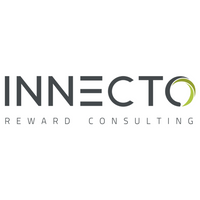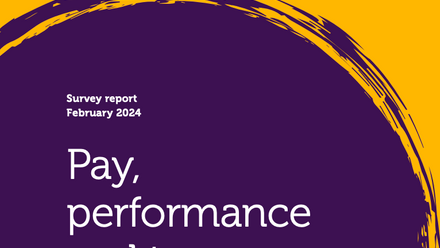Five ways to measure how inclusive your reward strategy is

However, diversity and inclusivity are not just important due to legislative reasons, these factors have a direct impact on the success of your organisation. Research has indicated that a more diverse workforce leads to a better performing and more profitable organisation. McKinsey’s Delivering through Diversity report (2018) identified that gender diverse companies were 15% more likely to outperform their competitors, and ethnically diverse companies were 35% more likely to outperform their competitors.
With businesses constantly expanding, both nationally and globally, it’s important to maintain a level of diversity within the workplace. Without a way to measure inclusion, HR teams rely on their own subjective notion on how inclusive they are as an organisation. So, how do we truly measure how inclusive our reward strategy is?
1. Keeping employees’ pay equal
Already subject to an existing legal requirement, men and women should receive the same pay regarding their assigned role and experience. However, this applies not just to gender but age, race, and other protected characteristics. This also applies to progression opportunities – does a specific demographic of employee tend to ascend more often than others for example.
An equal pay audit can establish any areas where your business may be lacking and help protect you from potential litigation.
2. Benefits
Benefits packages should be developed using an all-inclusive approach and should constantly evolve based on the needs of employees. By using data analytics to decide what’s meaningful to employees, and tailoring your benefits offering to fit the needs of your workforce, you can ensure that inclusivity is at the forefront of the reward agenda. Benefits data can be found either by measuring uptake of benefits via your employee experience portal’s management system or by using methods such as surveys.
Ensuring your benefits offering is inclusive can be achieved by using a flexible benefits scheme, whereby the same benefits are available to everyone, but employees can swap and choose benefits which suit their lifestyle; for example, younger members of the workforce may prefer schemes to help get them on the property ladder, while older staff members may prefer more generous pension contributions.
3. Demographics
By collecting data regarding the demographics of your organisation you can determine a baseline breakdown of how diverse your organisation is. If a lack of diversity is established, steps can be taken via recruitment and progression strategies to resolve this.
4. Recruitment and progression
By maintaining hiring records, you can easily look at the people who are joining the organisation and who is being turned away. From this, you can take a view on whether there is an ‘ideal’ employee being routinely recruited. If so, challenge the status quo to improve the diversity outlook and engage in fair employment practices. The same strategy can be used to determine if there is any bias within career progression pipelines, as it is important to be mindful that hiring with diversity and inclusivity in mind isn’t enough – new hires need to feel secure, respected and that they can progress within the organisation.
5. Compare to national averages
Keeping abreast of the nationwide trends will help give an indication as to whether you could be doing more to ensure an all-inclusive reward strategy. By understanding what other businesses are doing, particularly businesses that are doing inclusivity well, you can find new ways to progress your strategy.
This article is provided by Innecto Reward Consulting.
In partnership with Innecto Reward Consulting
We have more than 20 years' experience in getting employers' pay and reward working harder for them.







